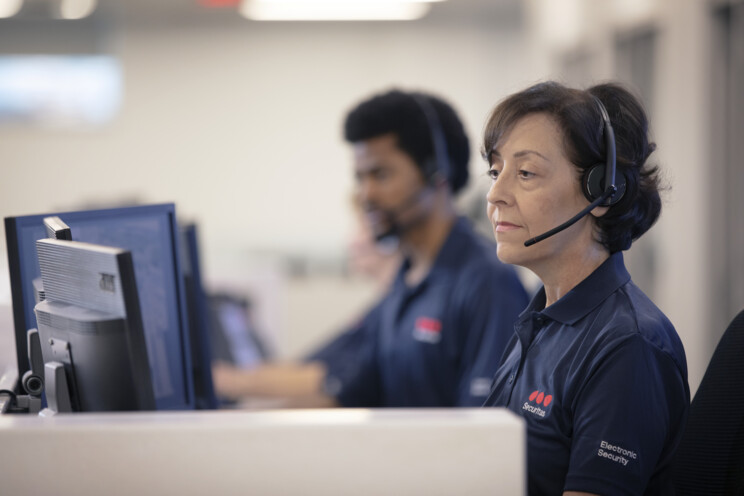Businesses that remain open late at night face unique security challenges after dark. In this article, we take a closer look at particularly vulnerable sectors and how a panic alarm can improve employee safety when night falls.
Darkness increases risks in certain sectors
As the evening progresses, the risks of assaults, burglaries, thefts, and other unwanted incidents increase. These dangers pose a threat to employee safety and can have long-lasting consequences for both individuals and the business as a whole.
This insecurity is particularly evident in businesses where employees work alone, in small groups, or during evening and night shifts. The affected sectors include transport and logistics, healthcare, and hospitality, where unconventional working hours are common.
Protect your employees with a panic alarm
Employee safety should be a priority for all businesses. In the sectors mentioned, installing a panic alarm is a simple yet effective solution to protect staff working alone or after dark. With a panic alarm, employees can feel reassured knowing that help is just a button press away in case of emergency.
How does a panic alarm work?
A panic alarm, also known as an emergency or personal alarm, is a small device that can be activated with a simple button press. Once triggered, a message is immediately sent to the control center, which processes the alert as quickly as possible.
A rapid response is crucial to ensuring that help arrives in time during serious incidents. For this reason, the control center prioritizes panic alarms over other types of alerts.
There are two types of panic alarms:
- Portable alarms that employees can carry with them.
- Fixed alarm buttons located in accessible areas, such as under a counter.
Each of these devices has its advantages and disadvantages, but both ensure a quick response when needed.
In summary
For small businesses or those with only a few employees present at a time, installing a panic alarm can make all the difference. It is an investment not only in employees' physical security but also in their sense of safety at work. Showing employees that their well-being is a priority can boost morale and promote a safe and positive work environment.





